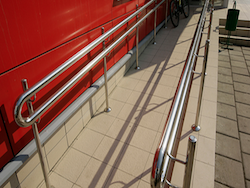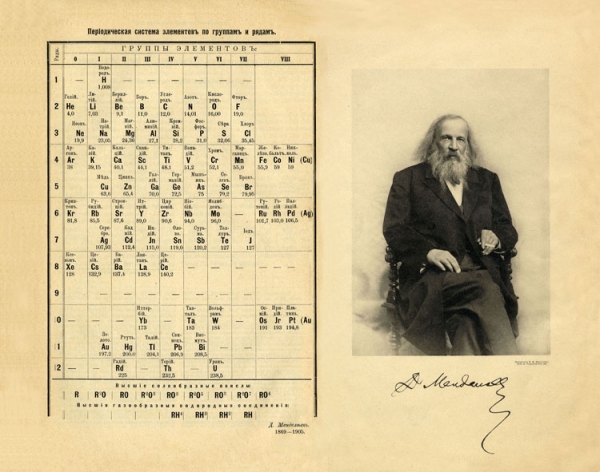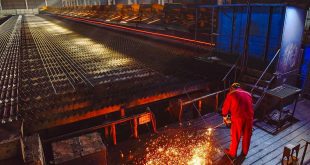
But to figure out how many people need moving, will be possible only in 2017, after the appearance of the Federal register
In the state Duma is discussing a number of initiatives related to the accessibility of buildings and other facilities for the disabled. Now the Federal target program “Available environment” is seriously hampered by several factors.
For example, under current law, the cost of installing ramps and other facilities be borne by the homeowners. And when it comes to an apartment building, the decision should be left to the HOA.
Now, homeowners who make the decision on the maintenance of communal property, can at any stage to block the construction of the elements. In order to settle prepared by the legislative initiative, according to which the installation of such elements will not be right, but a duty, — told “Izvestia” state Duma Deputy Mikhail Terentiev, who heads the all-Russian society of disabled people.
While the bill is not accepted, the attempt to establish at least a ramp at the exit door turns into a serious test for living in the home of people with disabilities.
Neighbors will not help
To the editor of “Izvestia” asked the invalid of the 1st group Igor Zhulev, who has served 20 years in the Armed forces. He lives in the house 1980-ies the construction of the New village — before it was a military town, and now is one of districts of Kostroma.
In this provincial center has only two houses, equipped with appropriate modern requirements ramps with a slope of five degrees. And to arrange the elements of an accessible environment in older homes have HOA. And he said local officials are refusing to allocate budgets.
Prosecutors also decided not to intervene because you can complain to the omission, and all are valid: for example, the HOA offers projects.
— HOA says that you can make a crawler ramp, — says Igor Zhulev. — It costs 400 thousand all over the house It is necessary for me to chip in! I refuse because they want me specifically with neighbors quarrel? Another project is to make access to the street via a loggia, the first floor. Again, it is necessary that people chipped in, and then the service will pay all the house. I don’t understand them at all!
The discussion of the draft at the meeting of the HOA caused a lot of controversy, there were those who refused to pay for the creation of an accessible environment for people with disabilities.
No one should
State Duma Deputy, Vice-President of the Russian Paralympic Committee Oleg Smolin has explained “news” that now the law requires to build ramps only in new homes or during major repairs. Those with disabilities who live in older homes and have no opportunity to go outside, under the current legislation nobody needs. And it’s wrong.
— The HOA can take the appropriate decision, and may not accept, but to guarantee that will pay for this budget, nobody can. It is necessary to increase financing of the programme “Accessible environment”. And require that the disabled person had the right to demand accessibility in his home, he said.
Federal target programme “Accessible environment” approved by the RF government in March 2011 and was originally designed until 2015, and then extended to 2020. Total funding 424,6 billion.
— Program execution a lot of critics ask, where the result, says Deputy Mikhail Terentyev. — But we still had to watch what was before 2011. Why this program was born? Why the 1996 law on social protection of disabled persons, stipulating that all buildings must be accessible, have not been respected? Why for so many years it was not implemented? In the end, said that the implementation mechanism of the law worked. All the responsibility laid on the bodies of social protection, but one office will not solve issues related to the construction of the entire array of buildings that were created. Man not only lives in his house, but he wants to move around the city, around the country.
State program offered an interagency approach to addressing the issues of creating an accessible environment. The decision was made that no buildings could be built without the elements.
— If you’re building an object, it needs to be accessible to persons with disabilities, — said the MP.
Big move
However, not all homes can be adapted to create an accessible environment — many of the buildings were built dozens and even hundreds of years ago.
— The program for the resettlement of disabled people from these buildings into new ones. But how many of these people live in old buildings, we don’t even know! From January 2017, there would be a Federal registry of persons with disabilities, which will give us the information, amount of funds needed for the introduction of a particular tax break or program, — said Mikhail Terentiev.
Another problem in the implementation of the program is associated with the fact that there is no authority that could call the lawbreakers to account.
On Monday, the activists appealed to Prime Minister Dmitry Medvedev with a proposal to assign responsibility for the implementation of the Federal program: now provided for in the Administrative code penalties for violations are not working because of social security does not have a mandate.
— If not responsible, will appoint, it’s not such a problem. Most importantly, these responsible more properly have done, because we have plenty of all sorts of inspectors, who collect the money, and very little was said on this occasion, the head of government.
As told “Izvestia” Chairman of the Moscow city organization of all-Russian society of disabled Nadezhda Lobanova, in the capital in recent years the situation has improved considerably.
— Socially important facilities are equipped well, she said. — Private, commercial, business, of course, barely talking, only now they have started to do this. Recently public inspection for people with disabilities began to receive more requests to give recommendations how to equip their facilities. Banks are turning, and even the military.
While Lobanov noted that, according to colleagues from other regions, there have only begun this work and mainly engaged in the equipment of socially significant objects.








